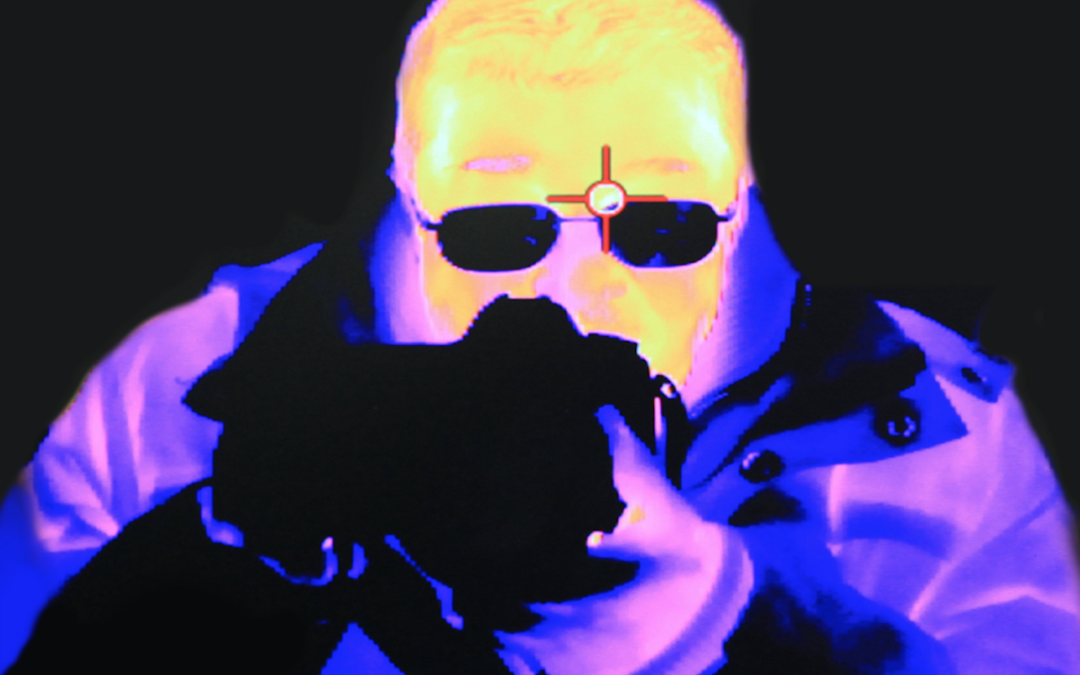In the retail world, November is celebrated for its “Black Friday” shopping events, during which old stock and “nice to have” luxury items are purchased at what seem to be fire-sale prices by enthusiastic consumers, just in time for the December holiday season.
Taking advantage of that “Black Friday” fever, industrial suppliers frequently promote special shopping sprees for those within the RAM community by offering great deals on larger-ticket items. After all, vendors are well aware that “Black Friday time” often coincides with “end of annual budget spending time” in maintenance departments.
Organizations (especially governmental) often work on a “year-end” budget cycle, which calls for unspent maintenance-budget funds to be returned to corporate coffers. Accordingly, if a maintenance department has been efficient and managed to prevent major failures throughout the budget cycle, it is confronted with a dilemma at year end, i.e., around November. Does it return the unused funds, thus ensuring that the department will be penalized with a reduced budget the following year? Or does it spend the surplus to assure a net-zero outcome?
Those exercising the second choice can easily be tempted to buy big-ticket, deeply discounted, end-of-line items that are offered by suppliers. More than a few maintenance departments have been lured into purchasing expensive diagnostic and predictive tools in the mistaken belief that if they had a certain technology on hand, the program would follow. In many cases, though, the result is infrared cameras, laser-alignment systems, vibration-analysis tools, gas detectors, etc., still in their boxes, locked away in a supervisor’s cabinet, while the site continues relying on outside contractors to perform the work associated with those technologies. Sound familiar?
Such tools are excellent acquisitions for a maintenance department. Putting them to work in a successful program, however, requires significant preparation, along with trained and licensed operators, whose certification is often more costly than the tools themselves. Moreover, the cost of certification typically isn’t factored into a tool’s purchase price.
WHAT TO DO
if you suspect your maintenance department may have an end-of-year windfall, prepare for it in advance by pre-determining the following:
-
-
- What tool(s) do you wish to purchase?
-
-
-
- Will the PM job task(s) need to be updated?
-
-
-
- Which maintainer(s) will be assigned to the program(s)?
-
-
-
- What or who will the purchased tool(s) replace in the maintenance program? For example, will a tool replace a manual method performed internally, or does a contractor currently perform the work? Will the contractor “mentor” in-house staff prior to the purchase by allowing them to shadow him or her and ask questiions?
-
-
-
- Is there a separate departmental training budget that will allow appropriate training and certification of your maintainer(s) prior to the purchase of the tool(s)?
-
-
-
- What are the immediate costs (all costs) involved in commencing a program associated with a particular tool after it is purchased?
-
BOTTOM LINE
Don’t play around with an end-of-budget-year windfall. Taking maximum advantage of such a windfall requires preparation to ensure this time of year is truly wonderful for your maintenance department.TRR
ABOUT THE AUTHOR
Ken Bannister has 40+ years of experience in the RAM industry. For the past 30, he’s been a Managing Partner and Principal Asset Management Consultant with Engtech industries Inc., where he specializes in helping clients implement best-practice asset-management programs worldwide. A founding member and past director of the Plant Engineering and Maintenance Association of Canada, he is the author of several books, including three on lubrication, one on predictive maintenance, and one on energy reduction strategies, and is currently writing one on planning and scheduling. Contact him directly at 519-469-9173 or kbannister@theramreview.com.



